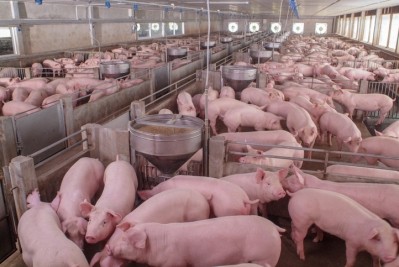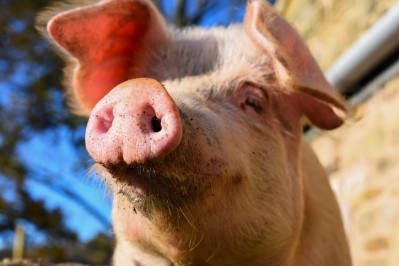EU pork production forecast to further rise this year, beef herd and consumption set to contract

The EU swine sector started 2020 with a larger sow herd than the previous year, anticipating strong export demand - in particular, from China, they said. But a series of challenging developments had to be overcome.
“For example, in Northwestern Europe, the sector experienced slaughter restrictions due to COVID-19 outbreaks. However, the surplus of slaughter capacity and the close proximity of the plants helped the sector overcome the disruptions and accelerate slaughter during the last quarter of the calendar year.
"The detection of ASF in wild boar in Germany closed off German exports from the world market. The Netherlands and, in particular, Spain were able to take over the German exports to China and relieve the EU market from an oversupply.”
With the continuous shake-out of the least efficient farmers, productivity is set to further increase and serve as the foundation for a new pork production record in 2021, they predict
“As this new record volume will face increased competition on the world market, the EU sector is expected to continue to work to diversify its export markets."
EU cattle production outlook
With a further contraction of the cattle herd, EU beef production is anticipated to continue to fall, said the authors of that US Department of Agriculture (USDA) FAS review of the EU swine and cattle farming landscape.
In 2021, the EU cattle herd is forecast to further contract, except for the dairy herd in Ireland and beef herd in Central Europe, find the team. Major cuts to the herd are forecast in almost all EU member states, but most pronounced in France and Germany.
“The EU dairy herd is shrinking because of the increased efficiency of the sector, while the EU beef herd is shrinking due to structural unprofitability.”
With the reduction in the cattle herd, beef production is also forecast to fall. Moreover, due to the closed-nature of the market, beef consumption will inevitably follow, the argue.
"While the expansion of the beef cow herd in Central Europe - Poland, Bulgaria, and Hungary – could possibly outweigh the reductions in Western Europe - France, Germany, and Ireland - with recent EU policy proposals (e.g., the Green Deal, Farm to Fork, and Biodiversity Strategies), any chance for growth appears unrealistic in the near-term.”
In the spring of 2020, slaughter was disrupted due to COVID-19 outbreaks and the associated logistical and slaughter restrictions but recovered during the second half of the year, they said.
“In 2020, EU beef imports and exports trended in an opposite direction. While imports of, in particular, high quality beef were cut due to the lack of demand, beef exports rose, which led the EU to become a net beef exporter for the first time since 2011.
“In 2021, beef imports are forecast to recover, anticipating a re-opening of the food service sector. Additionally, beef exports are projected to follow their gradual trend of export market expansion.”








